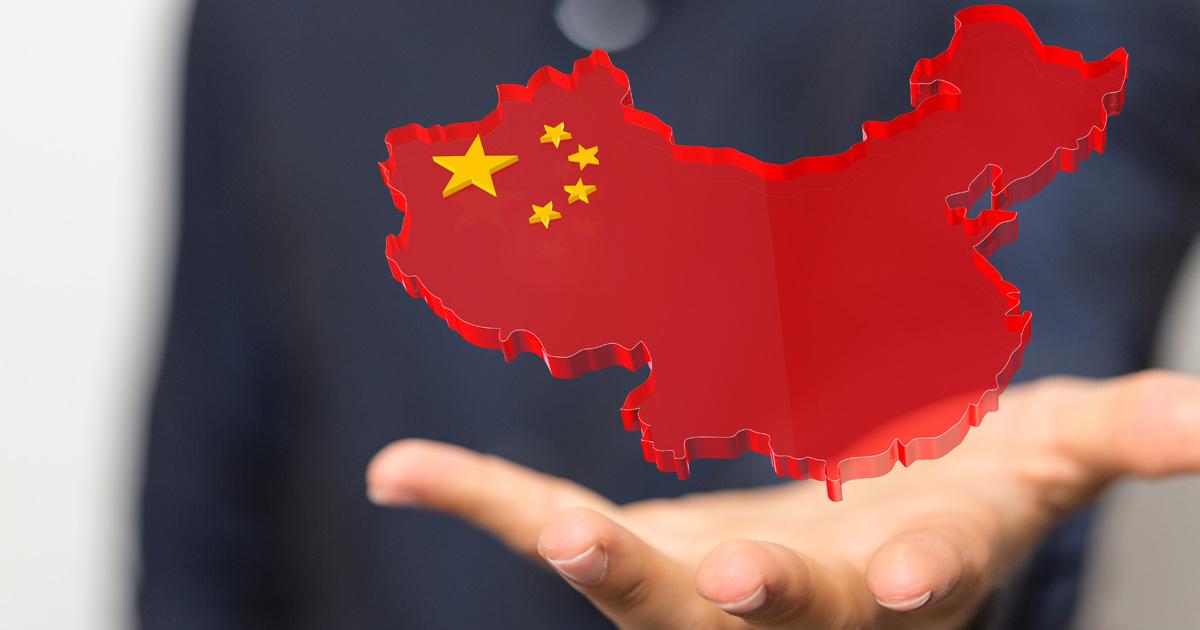
While most of the world lifted covid-19 restrictions and learned how to live with the virus, China moved in the opposite direction and doubled down on its zero-covid policy. Other countries, such as Australia and New Zealand, gave up on similar medical strategies when faced with the more contagious omicron variant and the negative social and economic impact of lockdowns.
Yet Xi Jinping and the Chinese Communist Party (CCP) show no intention of abandoning the flawed zero-covid strategy in order to reinforce the propagandistic argument that China has succeeded in controlling the pandemic, whereas the West has failed. This narrative fits very well Xi’s political agenda who seeks to get reelected for a third mandate in November, but it comes at an exorbitant social and economic cost.
Politicized and Flawed Health Strategy
After the initial accusations that it covered up the emergence of the virus at the beginning of the pandemic, China was widely praised for having done an effective job in containing the disease. But this was achieved with a zero-covid strategy based on brutal lockdowns and mass testing of entire towns or regions, even when only a handful of cases were detected.
In parallel, Beijing drastically curtailed and controlled international travel via lengthy quarantines and introduced mandatory mass vaccination. For a while, this policy seemed to work well, as China (officially) recorded a very low number of cases and deaths relative to the West (figures 1 and 2). It was also the only major economy to avoid an economic recession in 2020, and the economy grew strongly in 2021 by taking advantage of robust external demand for consumer goods and global growth stimuli.
Figure 1: Confirmed covid-19 cases
picture1.png
Source: Our World in Data.
Figure 2: Confirmed covid-19 deaths
picture2.png
Source: Our World in Data.
The arrival of the more contagious but less lethal omicron variant prompted Western countries to abandon the vast majority of covid-19 restrictions, reopen economies, and resume free international travel in spring 2022. At the same time, China stayed its course and reintroduced full or partial lockdowns in more than forty-five cities, including Shanghai, Beijing, and Hong-Kong, which combined account for 40 percent of China’s gross domestic product (GDP) and are home to 370 million people.
Shanghai, for example, was forced into a full and savage lockdown for more than two months. More than twenty-five million people were not allowed to leave their homes and suffered from severe shortages of food, medical supplies, and basic necessities, leading to serious tensions with the authorities. Even since the lockdowns in Shanghai and other places ended, China has continued building hundreds of thousands of permanent coronavirus testing facilities in order to be able to test a city’s entire population within twenty-four hours. It has also multiplied quarantine centers across the country, showing its commitment to the zero-covid policy.
Western media criticized the severity of the lockdowns but also blamed China’s medical woes on its low vaccination rate among the elderly and the alleged inefficiency of Chinese vaccines. This seems hypocritical when 85 percent of the people aged sixty to eighty are double vaccinated and only people over eighty have lower vaccination rates, and it hardly makes a case for locking up entire cities, including young people.
Moreover, all vaccines are “leaky”—i.e., unable to prevent infection and transmission—and a resurgence in covid-19 cases has also taken place in Western countries with high vaccination rates, such as Portugal. Therefore, a more likely culprit for China’s current challenge is precisely its zero-covid policy, which has prevented the building up of a meaningful mass immunity during the past two years. Typical of all government interventions, China’s protectionist medical stance has not solved the pandemic, but has only kicked the can down the road.
This is now preventing the gradual return to a normal social and economic life. As Australia has illustrated (figures 1 and 2), removing restrictions after a prolonged zero-covid policy period takes an unavoidable medical toll in terms of increased cases and deaths. This can be mitigated by protecting the elderly and the most vulnerable with social distancing measures and effective early medical treatment. But reintroducing lockdowns is clearly not the solution. Scientific evidence after two years of pandemic shows that the zero-covid policy’s costs largely exceeded its alleged health benefits.
The benefits were exaggerated by ignoring the behavioral adjustment that individuals make voluntarily to protect their health and well-being. A meta-analysis performed by Professors Jonas Herby, Lars Jonung, and Steve Hanke found that lockdowns had no noticeable effects on covid-19 mortality, concluding that given their enormous economic and social costs “lockdown policies are ill-founded and should be rejected as a pandemic policy instrument.”
A Severe Economic Impact for China and the World
Sweeping covid-19 lockdowns seriously hampered economic activity and undermined China’s capacity to function as the world’s supply chain hub. China’s retail sales contracted sharply, by more than 20 percent, from March to May 2022, and industrial production dropped by 3 percent in April and barely grew in May. A report by Bloomberg Economics projects real GDP growth to drop to 2.0 percent this year, well below the official target of about 5.5 percent.
This would allow US growth to outpace China’s for the first time since 1976, unless the USA is already headed toward a recession, following the Fed’s monetary policy tightening. The World Bank is less pessimistic and has reduced its growth forecast for China by 80 basis points, to 4.3 percent, in 2022. At the same time, the World Bank believes that supply chain disruptions originating from China and the war in Ukraine are increasing stagflation risks, and has cut the global economic growth forecast from 5.7 percent in 2021 to 2.9 percent this year. The weakness of Chinese output exacerbates the global surge in inflation, which may push Joe Biden to lift some of the trade tariffs erected by Donald Trump.
But a tariff rollback may be the only positive economic consequence of China’s zero-covid policy. Faced with an economic slowdown that is further weaken China’s ailing property market, the Chinese government has rolled out additional measures to stimulate growth, such as tax rebates and financial guarantees to businesses. The People’s Bank of China has cut the reserve requirement and the benchmark rate for mortgage lending, and has urged banks to boost lending to support the economy, in particular to small and medium-sized enterprises, green projects, technological innovation, and infrastructure. This policy is increasing China’s already high debt ratio, fueling more malinvestment in real estate and infrastructure, and further undermining China’s longer-term prospects for balanced growth and steady capital accumulation.
Even more worrying, Beijing’s zero-covid policy is threatening foreign direct investment (FDI), one of China’s major growth engines. Foreign investment facilitates capital accumulation and transfer of technology and know-how. Significant amounts of FDI have helped China develop its export manufacturing industries and accelerate productivity growth. In recent years, despite being targeted by the trade and tech wars, China has challenged the US’s position as the largest recipient of FDI in the world (figure 3).
Figure 3: Top 10 FDI recipients (billions of USD)
picture3.png
Source: OECD International Direct Investment Statistics database.
However, in terms of accumulated FDI stock per capita, China could do much better. Although it outperforms India, for example, China trails other emerging economies, such as Brazil and Poland (figure 4). These countries’ relative per capita GDPs (figure 5) reflect this, and suggest that China should attract more FDI if it wants to catch up with the West faster.
And yet draconian movement controls throughout the pandemic made it extremely difficult for foreign companies to make use of the local workforce. Even middle-class professionals are contemplating leaving big cities and China now. The sudden shutdown of factories and logistics networks has made business planning almost impossible and has multinationals’ lowered revenues, seriously damaging foreign businesses’ confidence in China.
Figure 4: Inward FDI stock (USD per capita)
picture4.png
Source: World Bank.
Figure 5: GDP per capita in PPP (current USD)
picture5.png
Source: World Bank.
A majority of foreign investors have identified the country’s zero-covid controls as among the leading impediments to doing business in China. A survey published by the European chamber of commerce in China in May revealed that 78 percent of businesses considered China less attractive for investment because of its more stringent covid-19 restrictions. Covid-related travel restrictions negatively impacted 73 percent of respondents, a large number of whom still have foreign experts stranded outside of the country who are simply giving up on returning to China.
Supply chains have also been disrupted, with 92 percent of companies impacted by China’s port closures, road freight decrease, and spiraling sea freight costs. Overall, 23 percent of respondents are now considering shifting their investments out of China to other markets—the highest proportion in a decade. To these problems is added the increasingly politicized and unpredictable business environment, reported by 50 percent of respondents to another survey, released in June.
Conclusions
China’s callous and inefficient zero-covid strategy is just the latest example of how policies that prioritize top-down political interventions over market solutions that respect individual freedom fail. China could likely take advantage of the spread of the much lighter omicron variant to lift covid-19 restrictions and close the immunity gap with the rest of the world. Instead, it tries to completely suppress the virus via brutal lockdowns that only postpone the inevitable at a huge social and economic cost. Faced with rising challenges in terms of deglobalization, the ongoing trade and tech wars, and a debilitated real estate sector, China would be better served by market-oriented policies that favor rather than discourage domestic and foreign investment.




